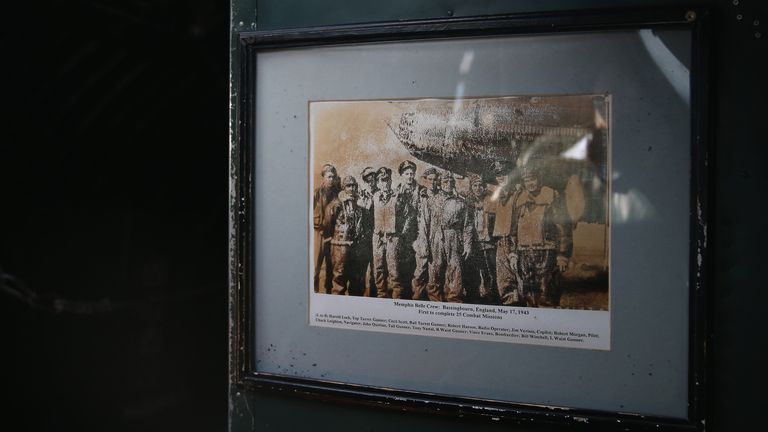Two Unlikely College Roommates Are Finally Getting Recognition For Their Heroic Moves During WWII
During World War II, battles were fought via land, sea, and air. And the pilots who flew bombers in the face of overwhelming odds were some of the bravest combatants around. One of the most famous squadrons was the U.S. Air Force’s 100th Bombardment Group, which gained the unwanted nickname of the “Bloody 100th” due to its flyers’ high casualty rate. The unofficial leaders of this legendary outfit were two unlikely college roommates who shared the same nickname — and the same Devil-may-care brand of heroism!
John Egan and Gale Cleven become roomies
Long before they united as “the two Buckys” of the legendary 100th Bomb Group, John C. Egan and Gale Cleven were two ordinary Army Air Corps recruits who’d found themselves rooming together at their Texas flying school.
Egan was from Manitowoc, Wisconsin, and he enlisted at only 24 years old in 1940. The 21-year-old Cleven left his studies at the University of Wyoming to join up that same year, and they got along like a house on fire from the very start.
The two Buckys
Egan was a real character, with a sharp wit and capacity for drinking that belied his slight 140-pound frame. It was he who bestowed the nickname “Buck” on Cleven, because he had a pal back home in Manitowoc named Buck who was the spitting image of him.
The Wyoming native would later admit in Donald L. Miller’s book Masters of the Air, “I never liked it, but I’ve been Buck ever since!” Oddly, Egan would also become known as Buck, and eventually they became immortalized as “the two Buckys.”
A new kind of war
Both men were assigned to the 100th — a bomb squadron — in 1942. According to Smithsonian’s Jeremy R. Kinney, their task as part of the Eighth Air Force division “was to take the war to the Germans in a way that had never been seen before in history.”
New technology had made air strikes a viable tactic to hurt the enemy. Yet aerial combat was also one of the most dangerous ways to wage war, with the U.S. Air Force (USAF) sustaining even more fatalities than the Marine Corps during WWII.
Many of these pilots had never flown before
In fact, aerial combat was so new, and the need for pilots was so all-consuming, that vast swathes of the airmen chosen for duty had never even flown before. Miller revealed, “Before enlisting, thousands of American fliers had never set foot in an airplane or fired a shot at anything more threatening than a squirrel.”
He added, “Bomber warfare was intermittent warfare. Bouts of inactivity and boredom were followed by short bursts of fury and fear, and men returned from sky fights to clean sheets, hot food, and adoring English girls.”

